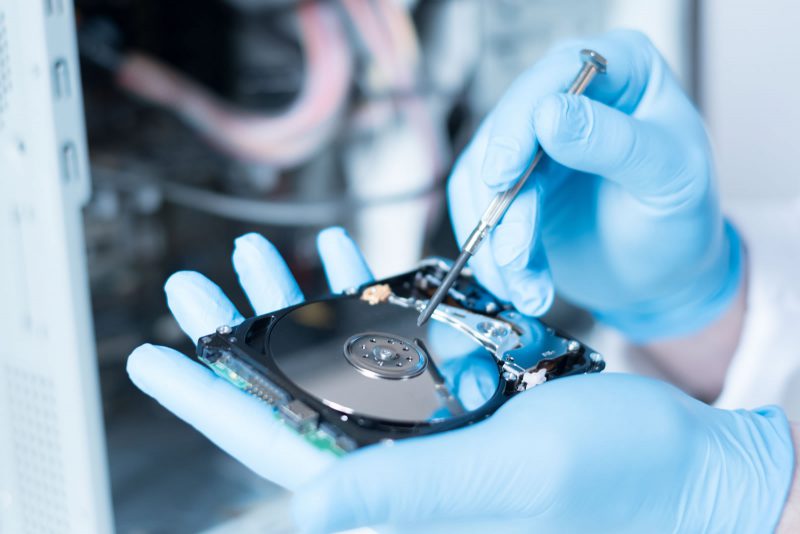Digital forensics, a critical field for investigating cybercrimes and maintaining data integrity, faces a dynamic landscape of challenges due to emerging threats and evolving technological environments. As technology advances, so do the methods employed by malicious actors, creating a continually shifting battleground for forensic experts. One of the foremost challenges is the rapid evolution of encryption technologies. While encryption is crucial for securing data, it also poses significant hurdles for forensic investigations. Sophisticated encryption algorithms, combined with advancements in cryptographic techniques, can effectively obscure critical evidence, making it increasingly difficult for forensic professionals to access and analyze data without violating legal boundaries or compromising data integrity. Another pressing issue is the proliferation of cloud computing. Cloud services offer remarkable convenience and scalability, but they also introduce complexities in forensic investigations. Data stored in the cloud can be geographically dispersed and managed by third-party providers, complicating jurisdictional issues and access rights.

Additionally, the ephemeral nature of cloud data, which can be dynamically allocated and deleted, presents challenges in preserving and retrieving relevant evidence. Forensic investigators must adapt to these new paradigms by developing strategies to handle cloud-based data, including working with service providers and understanding the intricacies of cloud storage architectures. The rise of Internet of Things IoT devices further complicates digital forensics. IoT devices, ranging from smart home appliances to wearable technologies, generate vast amounts of data and can be interconnected in complex networks. This proliferation of devices not only increases the volume of data to be analyzed but also introduces new types of evidence that forensic experts must be able to interpret. Each IoT device may have its own operating system and data storage mechanisms, requiring specialized knowledge and tools to extract and analyze data effectively. Moreover, the rapid growth of mobile technology presents additional challenges. Mobile devices, including smartphones and tablets, contain an extensive array of personal information and are often the focal point of forensic investigations.
The constant updates to mobile operating systems and applications necessitate continuous development of forensic tools and techniques to keep pace with these changes. Mobile forensics must address issues such as data encryption, app-specific data storage, and the secure extraction of evidence without altering or compromising the integrity of the device. In response to these challenges, forensic experts are increasingly turning to advanced technologies such as artificial intelligence and machine learning. Cyber News technologies offer promising avenues for enhancing data analysis, identifying patterns, and automating certain aspects of forensic investigations. AI and machine learning can help sift through large volumes of data, detect anomalies, and predict potential threats, thereby augmenting traditional forensic methodologies. Overall, the field of digital forensics must remain agile and innovative to address the evolving landscape of cyber threats. By embracing new technologies, adapting investigative strategies, and collaborating across disciplines, forensic professionals can better navigate the complexities of modern digital environments and uphold the integrity of their investigations in the face of emerging challenges.
